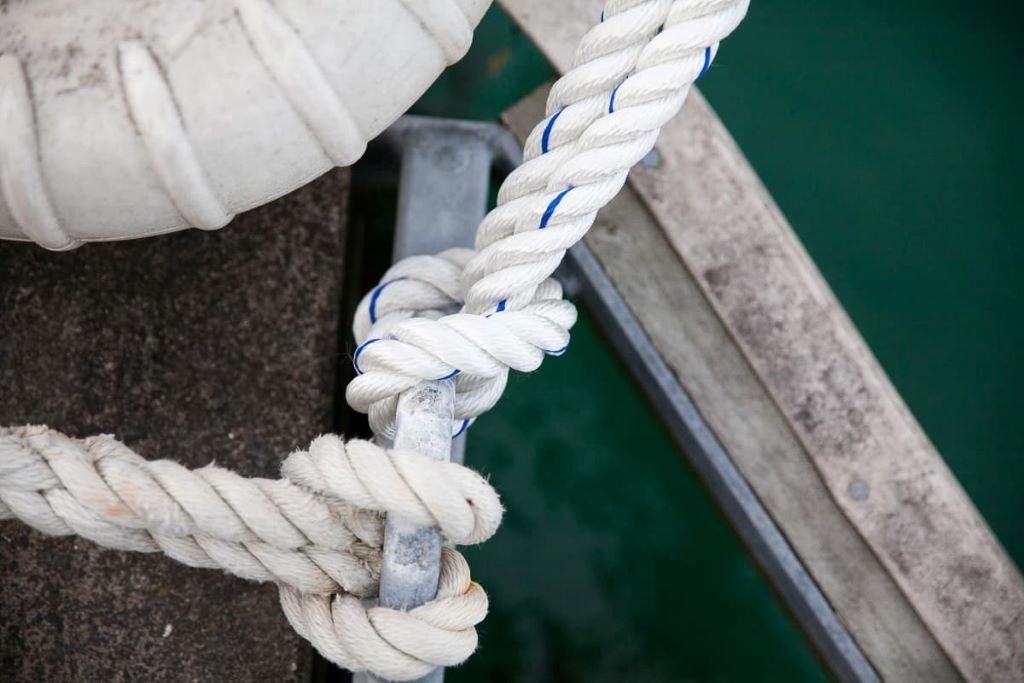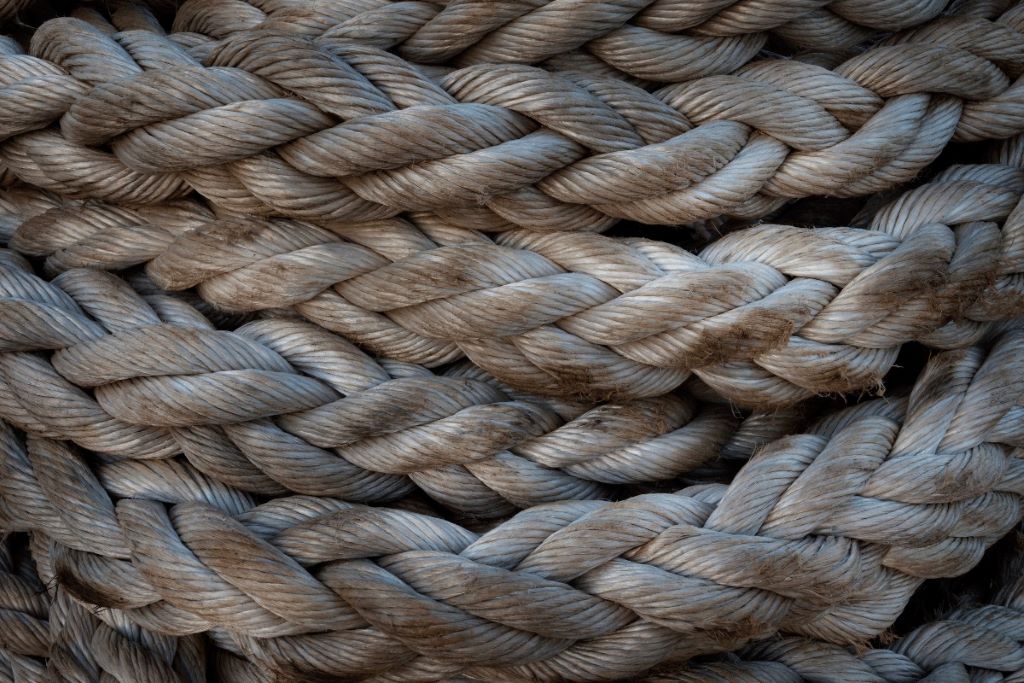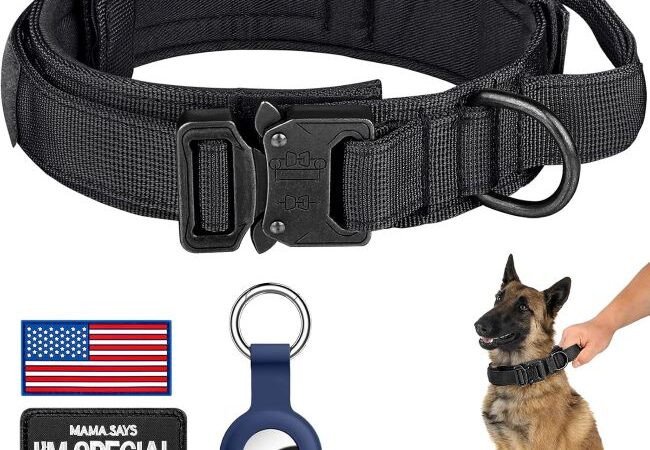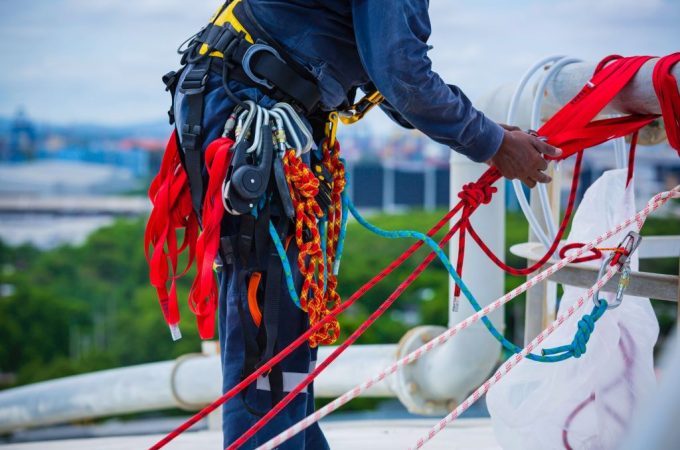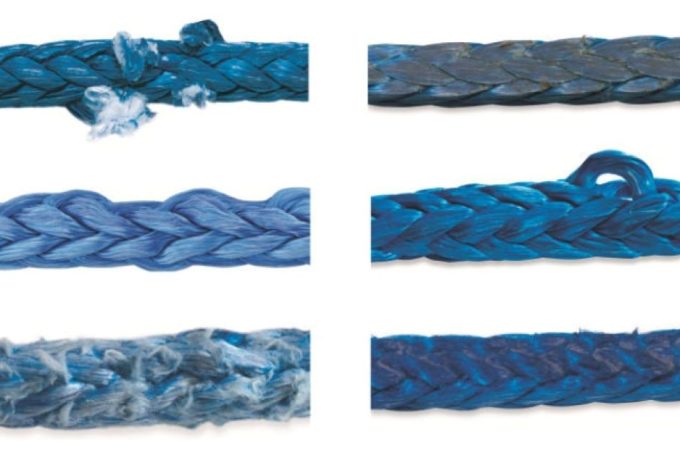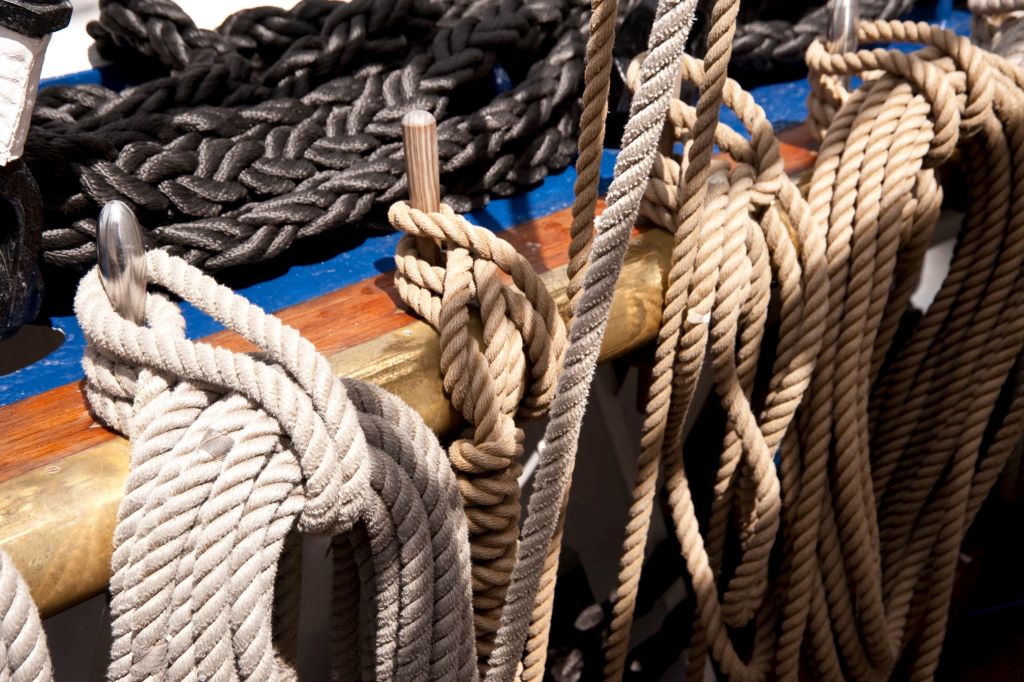
Rope Care 101: How to Keep Your Ropes Shipshape and Strong
Introduction: Grab Attention with a Strong Hook
Ever thought your rope was indestructible—until it failed? A rope isn’t just cordage—it’s potentially life‑saving gear. Yet many neglect it. Rope care matters more than you think. With smart habits, you protect both your rope and your safety. This article shares real expert insights and logic‑driven solutions.
Contents at a Glance
ToggleWhy Rope Care Matters
Neglecting rope maintenance can reduce strength by up to 40 % and halve its useful lifespan, experts warn. Well‑maintained ropes often last twice as long, reducing replacement cost and enhancing reliability. Good rope care isn’t optional. It’s a smart investment.
Inspection: The First Line of Defense
Always inspect both visually and by touch before and after use. Feel for stiff, fuzzy, flattened, or soft spots along the entire rope length. Do the “pinch test”: loop a short bight and secure it with firm but gentle pressure. If the rope collapses or feels limp, that indicates core damage—a clear sign of retirement.
Cleaning: Gentle Yet Effective
Shake off loose dirt first. Then wash in lukewarm water using mild soap or rope‑specific cleaner. Avoid hot water or harsh detergents—they weaken synthetic fibers. Rinse thoroughly. Use a mesh bag or coil to prevent tangles in a front‑loading washer if available. Air‑dry in shade. Never tumble‑dry or expose to direct sunlight or heat.
Storage: Keep It Cool, Dry, and Clean
Store ropes in a cool, dry spot away from UV light, chemicals, and moisture. Coil loosely or use a rope bag to avoid kinks. Hang heavier ropes on racks or hooks to preserve shape and airflow. Always keep ropes off the ground to prevent dirt and abrasive grit from grinding into fibers.
Handling: Avoid Abrasion and Contaminants
Prevent rope contact with sharp edges or hardware that rubs the sheath and core. Avoid dragging ropes over rock or metal edges. Use rope protectors when top‑roping over sharp terrain. Don’t step on the rope. Small rocks grind inside and damage fibers over time. Also, keep ropes away from solvents, gasoline, acids, and oils—they chemically weaken fibers invisibly.
Retirement Criteria: When to Say Goodbye
Even cared‑for ropes don’t last forever. Retirement depends on usage and age. Manufacturer guidelines suggest retirement after:
- A hard fall (e.g. > 10 m, fall factor > 1) immediately, even if the rope appears undamaged.
- Use frequency:
- Weekly use: ≤ 1 year
- A few times/month: 1–3 years
- Monthly: 4–5 years
- Rare use (1–2 yr): up to 7 years
- Maximum shelf life even unused: around 10 years from the manufacture date.
- Any visible core exposure, flat spots, cuts into the core, or soft areas require immediate retirement.
Keep a logbook recording usage dates, falls, and inspections—it helps you retire at the right time rather than guess.
Repairs & Advanced Maintenance
Minor high‑stranding (twisted strands) can sometimes be massaged back into shape by hand. However, serious internal damage can’t be fixed. Never splice or tape over a damaged sheath—it puts false confidence in a weakened rope.
Logic & Opinion Perspectives
Professionals say, “A rope that’s clean and well‑stored handles better, stretches predictably, and lasts longer.” Some may argue frequent washing speeds wear. Yet independent studies show gentle periodic cleaning preserves performance by removing harmful grit. Manufacturer manuals confirm: proper cleaning and lubrication extend usable life two‑fold—without risk when done as recommended.
Featured Snippet:
Q: What are the essentials in “Rope Care 101: How to Keep Your Ropes Shipshape and Strong”?
A: Rope care begins with regular visual and tactile inspections before and after each use. Always clean ropes with lukewarm water and mild soap, rinse thoroughly, then air‑dry out of sunlight. Store ropes loosely coiled or hung in a cool, dry place away from chemicals and UV. Log usage and hard falls, and follow manufacturer’s retirement guidelines. Proper care doubles rope life and ensures safety.
Practical Tips in Lists
- Use a rope, tarp, or jacket to keep the rope off dirt while climbing.
- Clean after trips where rope contacts grit, water, or chalk.
- Coil the rope loosely to avoid permanent kinks.
- Label the rope with the start date and use it in logbooks.
- Invest in a quality rope bag with an internal tarp to simplify handling and storage.
FAQs
- How often should I inspect my rope?
Inspect before and after every use. Do a thorough monthly check or after any big fall. - Can I wash rope too often?
Using lukewarm water and mild soap gently doesn’t harm the rope. Washing removes damaging grit. - What’s a hard fall?
A fall over 10 m or with fall factor above 1. That can reduce rope strength even if it looks fine. - Is sunlight harmful during storage?
Yes. UV exposure breaks down synthetic fibers. Always store ropes in shade or inside. - When should rope be retired?
Immediately after a hard fall or if core is compromised. Also by usage frequency or reaching 10 years old. - How to store ropes long‑term?
Coil loosely or hang in a cool, dry area. Use rope bags, keep away from chemicals. - Are natural fiber ropes treated differently?
Yes. They must be totally dry before storage to prevent rot. Store ventilated to avoid mildew.
Final Thought & Call to Action
Taking control of rope care isn’t just smart—it’s vital. With simple routines of inspection, cleaning, storage, and logging, you preserve strength, ensure reliability, and minimize risk. Start today: inspect your rope, record its history, and adopt these habits. Your rope—and your safety—will thank you. Related Topics: Top 10 Rope Maintenance Facts Every Mariner Should Know
Call to Action: If you found this guide helpful, share it with your climbing or sailing community. And bookmark a trusted rope care guide like REI’s expert advice page here: REI Expert Rope Care Guide for deeper guidance.

